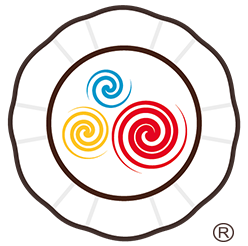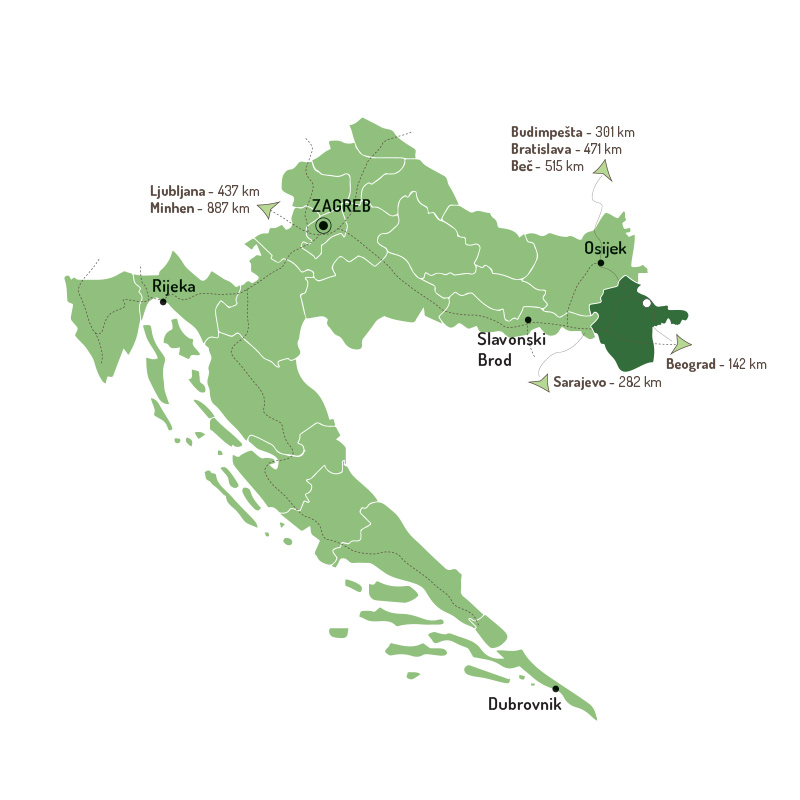The origins of honey production in this region trace back to ancient times, when the Romans, who left a significant mark on the area's life, brought with them their customs and culture, including beekeeping as an important part of their economy. In Roman cuisine, honey was an essential ingredient, used from the start of meals, where it was added to mulsum (a mix of wine or must with honey) served with appetizers, to main dishes and desserts. The honey from this region, as it does today, exuded the aroma of the floral Slavonian plains, meadows, and forests, giving dishes a distinctive flavor.
Organized beekeeping in the Srijem and Slavonia regions has a tradition of 130 years. The first beekeeping societies in Croatia were established here. The Slavonian Beekeeping Society was founded in Osijek in 1879, followed by the Beekeeping Society in Vinkovci in 1885. Today, over 400 organized beekeepers with around 20,000 hives produce nearly 200 tons of high-quality honey annually. Each March, Vinkovci hosts an International Beekeeping Fair where honey producers showcase their products.
A number of honey tasting venues in the area offer a sweet satisfaction of tasting honey and honey-based products. At one such family-owned farm, Šuran, located in Andrijaševci, you can sample five to six types of honey. Particularly notable for this region are the honey varieties made from oilseed rape and sunflower, as well as linden, chestnut, and meadow honey. They also traditionally prepare honey liqueur and honey brandy, along with several other products like honey with hazelnuts, honey with walnuts, honey with aronia, and honey with cinnamon and propolis.









